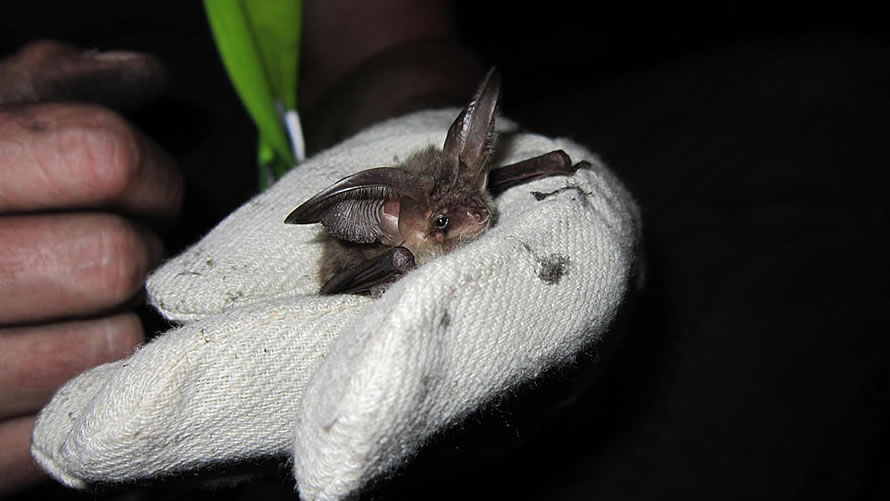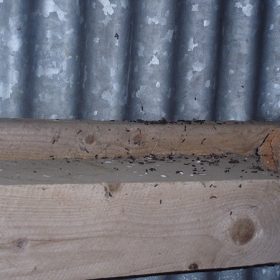
Have you been asked for a bat and bird survey for a steading conversion to support a planning application? There is usually a requirement for bat and nesting bird surveys; bats are protected by law and all bird species are protected when they are nesting. We have undertaken numerous such surveys and helped clients negotiate what they need to do in terms of achieving their needs whilst following best practice and legislation.
The first stage is for us to make a comprehensive building inspection looking for signs of bat occupation. After this, we will undertake several activity surveys where we ‘stake out’ the building at dawn and dusk. Each surveyor has a bat detector and looks for bats coming into roost at dawn or exiting them at dusk. The bat detectors enable us to identify the commoner bat species, but we also record the bat calls to help identify any difficult bats. Our associate licensed bat worker may also decide to catch some bats to see whether they are male or female and if they are breeding. Different bat species have different needs. We will advise the best mitigation to suite both you and your bats.
Nesting birds such as the barn owl, swallows, house martins, house-sparrows, pied wagtails, jackdaws, pigeons and even swifts can use steadings and other buildings. We will rrecord the nesting birds present and will advise on suitable mitigation for your project.
All this information is contained within a single report which details what bats and birds (if any) you have, where they are, how important they are and what you need to do. This report will support your planning application. If appropriate, we can assist you with a license application to cover disruption to any bats when you undertake your work and provide ongoing support throughout the development.
Further information

Piles of small, friable droppings can often be found under bat roosts.

